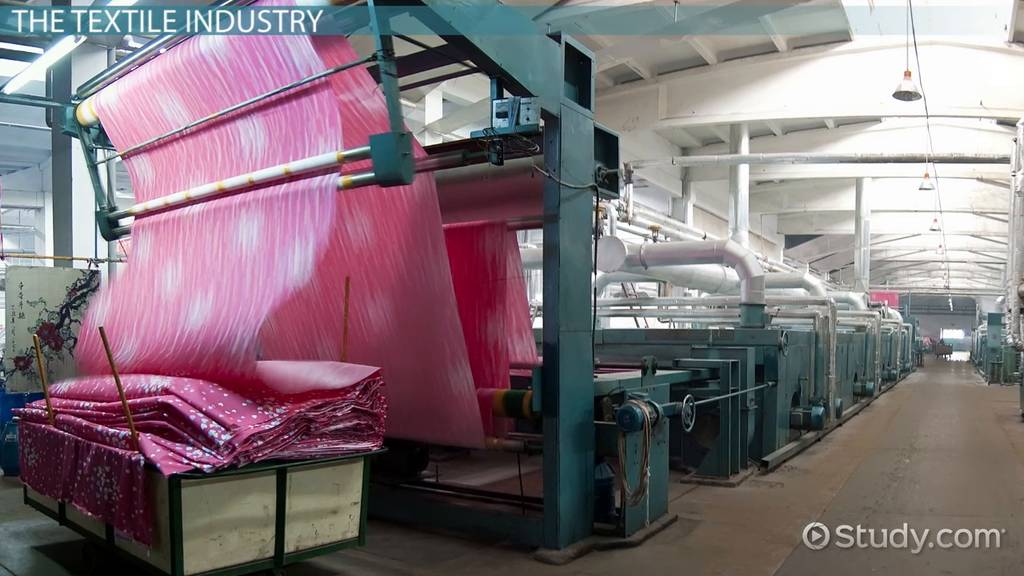Fashion's Fabric Woes: Stanford study calls for industry overhaul

The apparel industry, a mainstay of our wardrobes, faces a harsh reality check. A new white paper by the Stanford Graduate School of Business highlights a concerning picture - the sector is lagging on sustainability efforts. While some companies are taking tentative steps, a significant shift is needed to address the environmental and social issues plaguing textile production.
The study, titled ‘How the Apparel Industry Could Refashion Itself with Sustainability in Mind’ focuses on the environmental and social impact of producing three common textiles: polyester, cotton, and leather. The findings highlight areas where significant improvements are needed. “While some firms have taken positive steps, the apparel sector overall shows no signs of becoming more sustainable," says Barchi Gillai, Associate Director of the Value Chain Innovation Initiative (VCII) at Stanford and co-author of the paper.
Closing the loophole by embracing circularity
The study highlights the importance of life-cycle assessments, a method that analyzes the environmental impact of a product throughout its lifespan. By adopting such practices, manufacturers can identify areas for improvement and choose solutions that minimize their environmental footprint. It emphasizes the importance of circularity in textile production. Circularity refers to a closed-loop system where used textiles are recycled back into new clothing, minimizing waste and resource consumption. One promising solution is ‘textile-to-textile recycling’ which breaks down old garments into reusable fibers. This not only diverts textile waste from landfills but also reduces reliance on virgin resources and the pollution associated with their production.
Beyond production, the consumer connection
The Stanford study doesn't solely focus on industry practices. The researchers acknowledge the vital role consumers play in driving sustainable change. The report encourages consumers to be mindful of their clothing choices, favoring quality over fast fashion and opting for pre-owned clothing when possible. Additionally, responsible disposal through garment donation is highlighted as a key step.
A shared responsibility
The white paper underscores that achieving true sustainability in textiles requires a collaborative effort. "The responsibility to make the apparel industry more sustainable falls on all of us," says Gillai. "This white paper offers a roadmap for companies to navigate this crucial shift." Manufacturers need to embrace sustainable practices throughout the supply chain, while consumers must become more conscious of their clothing choices and disposal habits.
Stanford's research offers a roadmap for a more sustainable textile industry. Whether the industry heeds the call and adopts these recommendations will determine the future of fashion and its environmental impact.
